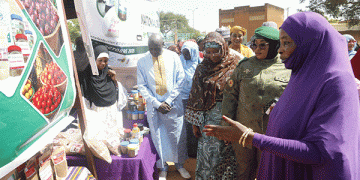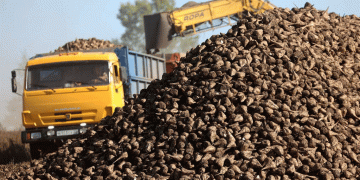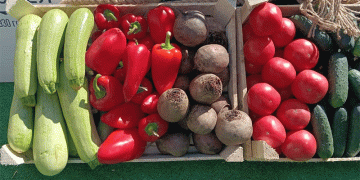According to restaurant operators, the restaurant industry is still facing contraction, but operator optimism improved at the start of 2010, according to the National Restaurant Association’s (NRA) Restaurant Performance Index (RPI), a monthly survey that tracks the industry’s health.
The January index stood at 98.3, down from December’s 22-month high.
“This is to be expected, as the previous month was at almost a two-year high,” said Hudson Riehle, senior vice president of the research and information services division for the National Restaurant Association.
January marked the 27th straight month that the index stood below 100, which indicates contraction in the market.
The RPI is based on two components, the Current Situation Index and Expectations Index. The former surveys restaurant operators about the current month’s sales and customer traffic, and the latter reports operators’ plans and opinions for the next six months.
More than half of restaurant operators reported a decline in same store sales in January, and 54 percent reported a decline in foot traffic. In 2009, the foodservice industry saw a 3 percent decrease in store visits, according to The NPD Group’s Consumer Reports on Eating Share Trends (CREST) report released in March. Decreased foot traffic, coupled with a marginal increase in check size, resulted in an overall decline in consumer sales at foodservice in 2009, the first time that’s been seen since NPD Group started tracking the foodservice industry more than 30 years ago.
Every sector of foodservice faced declining foot traffic, according to NPD Group. Quick-service restaurants had 3 percent fewer people come through the doors, midscale restaurants were down 5 percent and casual dining was down 4 percent. Fine dining took the hardest hit, with a 13 percent drop in foot traffic from 2008. Non-commercial foodservice – businesses, schools, colleges, universities, hospitals, lodging, senior care and vending – saw a decline of 9 percent, a result of the poor economy. Business, vending and lodging saw the steepest declines in the sector, according to the study.
“In 2008, consumers appeared to trade down some full service visits for fast food visits. In 2009 they made fewer visits to restaurants overall,” says Bonnie Riggs, NPD’s restaurant industry analyst. “When consumers did visit restaurants, they favored lower priced options.”
The economy was to blame for the drop in foot traffic, with consumer confidence low and unemployment high. Half of foot traffic declines could be traced back to people not picking up foodservice meals to eat in the office. Families with children and young adults also cut back on the number of meals they ate out, further adding to the drop in foot traffic.
Money concerns caused more people to eat at home, according to NPD Group, which was fueled by lower food prices at supermarkets. Commodity price declines helped restaurant operators remain profitable in many cases, but it also made consumers view in-home meals as more affordable, the study found.
About one-third of operators surveyed by NRA’s RPI had made capital expenditures for equipment, expansion or remodeling over the last three months. That number has been steady over the last few months.
Despite the negative movement in January, operator expectations improved for the fourth straight month in January, according to the RPI. The Expectations Index rose to 100.2 in January, the first time the index has been above 100 in nine months. A number above 100 indicates operators expect expansion in the market.
“Basically, what this new index release shows is that restaurant operators are gaining confidence,” Riehle said.
One third of restaurant operators expected to have higher sales in the next six months, according to the survey. Those surveyed also were optimistic about the overall economy with 29 percent indicating they thought the economy would improve in the next six months. That figure is down slightly from December, but still considered an optimistic outlook by NRA.
Based on that optimism, restaurant operators said they were more willing to make capital expenditures. More than 40 percent said they would spend money on equipment, expansion or remodeling in the next six months, which was an improvement over December.
While restaurant operators may be preparing for better times, NPD Group projects a tough go for at least a few more months. The market research firm expects a difficult 2010 for foodservice until unemployment rates decline. The company expects demand to be slow for the first three quarters of the year, followed by modest growth in the fourth quarter.































